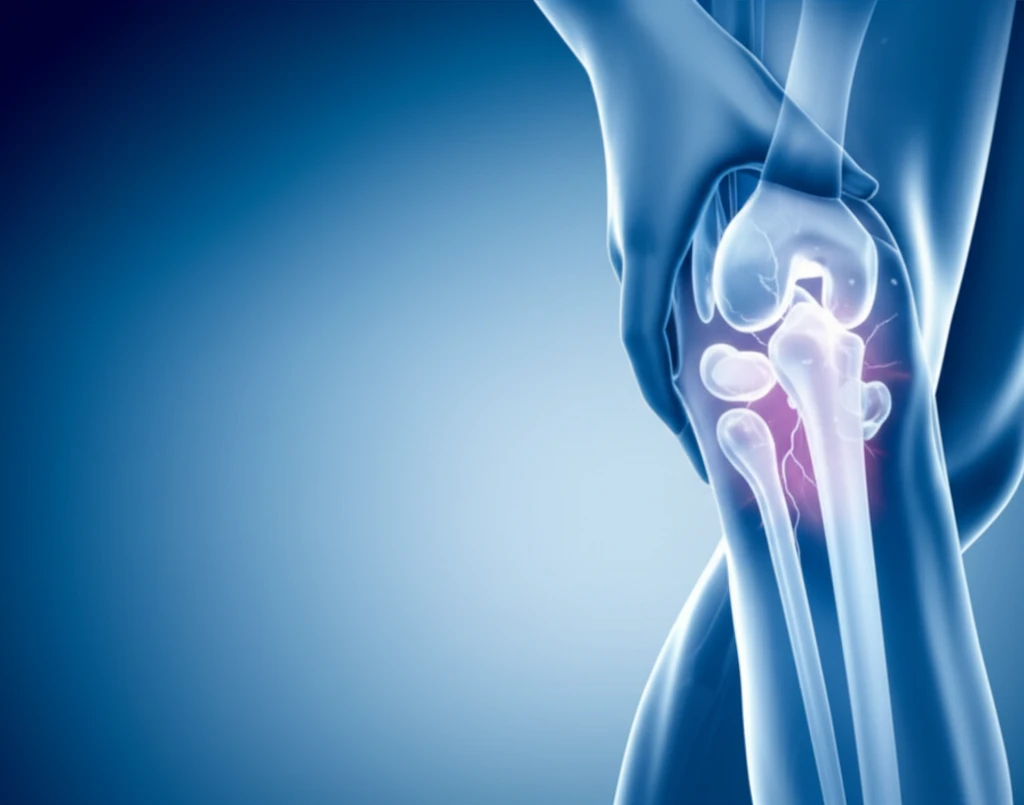
Leg Cramp Relief: The Calf-Squeeze Technique for DVT Aspiration
"Discover how a simple calf-squeeze can improve outcomes in acute lower extremity deep vein thrombosis treatment."
Deep vein thrombosis (DVT), a condition where blood clots form in the deep veins of the legs, can lead to significant pain, swelling, and long-term complications. When a clot forms, it can block blood flow, causing discomfort and, in severe cases, potentially life-threatening situations if the clot travels to the lungs (pulmonary embolism).
Traditional treatments for acute lower extremity DVT aim to remove the clot and restore proper blood flow. One such method is aspiration thrombectomy, where a catheter is used to physically remove the clot. To enhance this procedure, doctors have developed a technique called the "calf-squeeze," which helps to move clots and improve overall outcomes. 
This article will explore the calf-squeeze technique, explaining how it works, who can benefit from it, and why it's becoming an increasingly valuable tool in the fight against DVT.
What is the Calf-Squeeze Technique and How Does it Aid DVT Treatment?

The calf-squeeze technique is a manual method used during aspiration thrombectomy to encourage the movement of blood clots in the legs. During the thrombectomy procedure, a guiding catheter is inserted into the affected vein to remove the clot. The calf-squeeze involves physically squeezing the calf muscles to help dislodge and move any remaining clots towards the catheter for removal. This technique is particularly useful for clots located in the popliteal, tibial, and muscular veins of the calf.
- Enhances Clot Migration: Squeezing the calf encourages clots to move towards the catheter.
- Increases Venous Flow: Improves blood flow in the affected veins.
- Reduces Residual Clots: Helps to minimize the amount of clot left after the procedure.
- Simple and Non-Invasive: A manual technique that doesn't require additional tools.
The Future of DVT Treatment: Simple Techniques, Powerful Results
The calf-squeeze technique represents a significant advancement in the treatment of acute lower extremity DVT. By incorporating this simple, manual method into aspiration thrombectomy procedures, healthcare providers can improve patient outcomes, reduce complications, and enhance the overall effectiveness of DVT treatment. As research continues to validate these findings, the calf-squeeze technique is likely to become a standard practice in managing this common and potentially serious condition. Further studies will help refine and optimize this technique, ensuring even better results for patients in the future.
